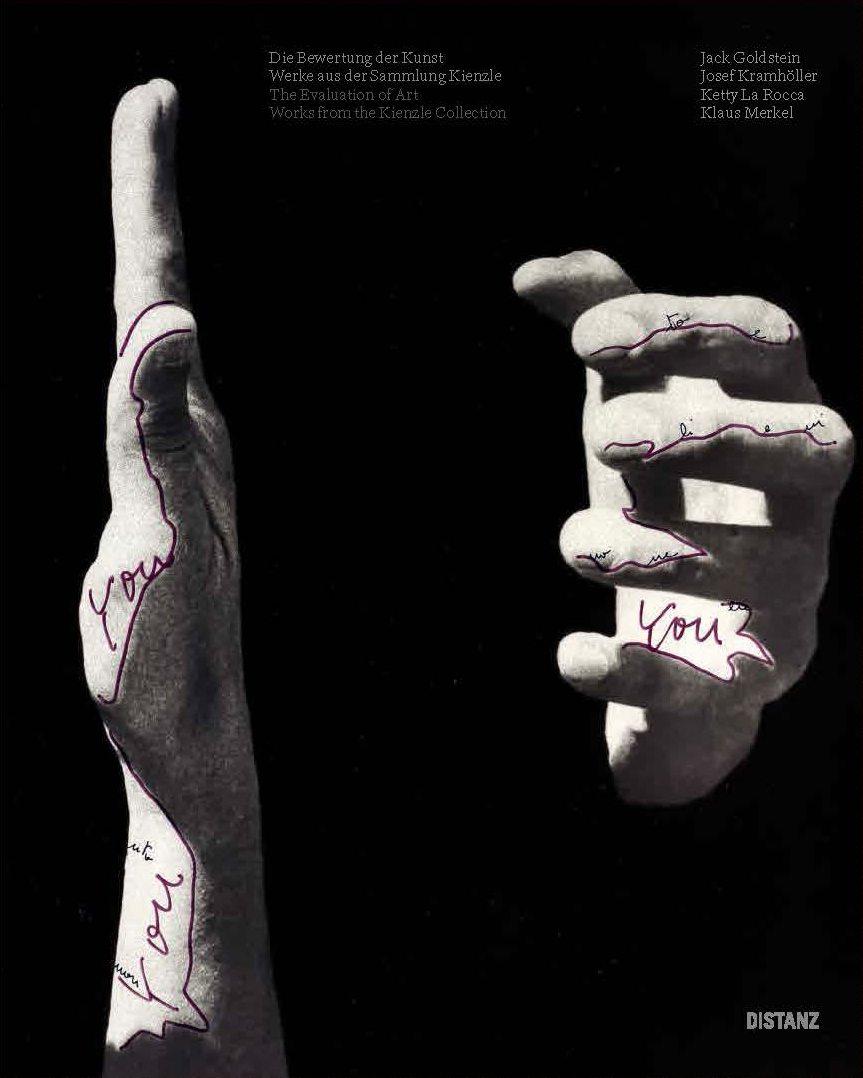Klaus Merkel accompanied by Monika Baer, Mimosa Echard & David Medalla
with a text by Oriane Durand
Agence de voyages
Opening 18 Octobre 18h00 - 21h30
66, Bd de Strasbourg
75010 Paris
Open by appointment
from 19 October - 6 December 2025
contact us via Mail, Instagram or at +33 7 82 94 82 49
Kunstmuseum Reutlingen, Fabian Ginsberg und Ina Dinter / Distanz Verlag
Das Buch dokumentiert und erweitert die Ausstellung „Die Bewertung der Kunst“, die vier künstlerische Werke zusammenbringt, die in je unterschiedlicher Weise die Krise der Repräsentation reflektieren. In ihrem Vergleich entwickelt der Autor eine Geschichtlichkeit der Repräsentationskritik, die gegenüber der zentralen Ausstellung „Pictures“ im Artist‘s Space in New York 1977 Vorläufer und alternative Begriffsbildungen aufzeigt.
Werke von Jack Goldstein, Ketty La Rocca, Josef Kramhöller und Klaus Merkel stehen für verschiedene Stadien zwischen 1970 und 2000, in denen der Zusammenhang zwischen Repräsentation, Bildern und Wirklichkeit sich löst und neu verknüpft wird. Die Werke stammen aus der Kienzle Art Foundation, die sich in Ausstellungen und Publikationen seit Jahren der Neuvermessung und -bewertung kunstgeschichtlicher Theoriebildung verpflichtet fühlt. Fabian Ginsberg ist Künstler und Autor.


